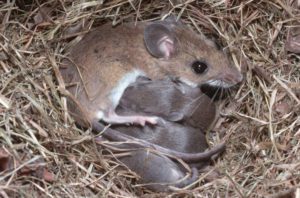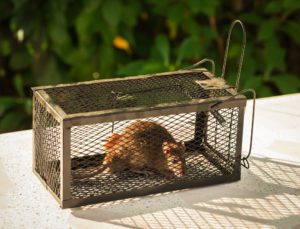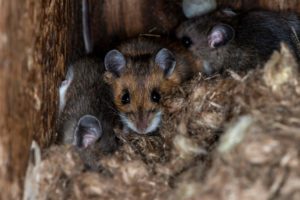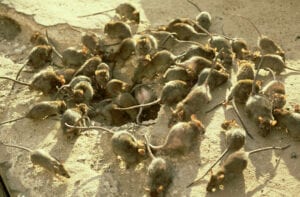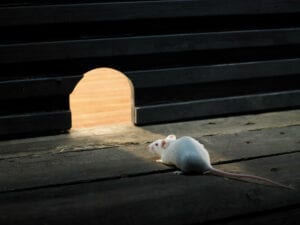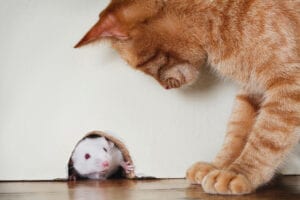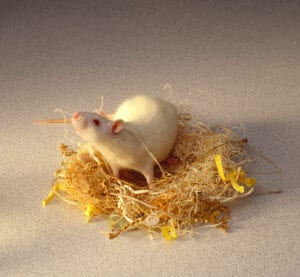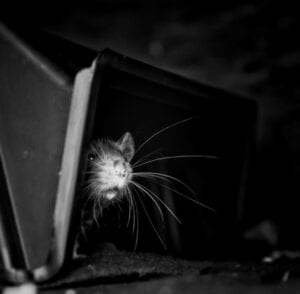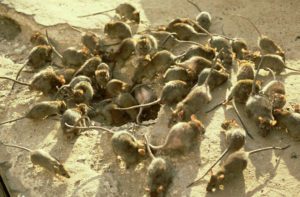 Having any number of mice in your home is not a good thing, but there is a big difference between just one rodent resident versus an infestation with dozens of mice or even more. Obviously, getting control over just one mouse is easier than if you have many of them. But it can be very difficult to tell how many mice are in your house unless you are a trained professional and know what signs to look for.
Having any number of mice in your home is not a good thing, but there is a big difference between just one rodent resident versus an infestation with dozens of mice or even more. Obviously, getting control over just one mouse is easier than if you have many of them. But it can be very difficult to tell how many mice are in your house unless you are a trained professional and know what signs to look for.
From your local pest control experts, here are some tips for how to know if you have just one mouse or a mice infestation, and then how to deal with problem regardless of how big it is.
The Situation of Just One Mouse
Although it is rare, it is possible to have just a single mouse living in your house. A lone mouse could wander inside your home in search of food, shelter, and warmth while staying mostly hidden during the day. If you have a single mouse, you’ll likely only see a small trail of fecal droppings rather than many droppings in multiple locations.
But a situation to be aware of the pregnant female mouse who comes inside alone to find a safe place to give birth but then produces up to 12 babies per litter in just a short amount of time. What starts out as just a simple mouse problem could quickly evolve into something much bigger without you even realizing what’s going on.
Signs of a Larger Mice Infestation
There are various kinds of mice that live in New Jersey and that tend to stick together and gather in households. You might have more than one mouse and a mice infestation if you see many droppings, hear loud scratching noises, or find large quantities of nesting materials.
Lots of items chewed through in your house could be a sign of an infestation as well, such as packaged food boxes and wires. Larger mice problems may cause your household pets to act strangely, especially in the evening hours when mice are more active.
What to Do with Mice in the Home
Whether you have just one mouse or many mice, it’s important to find where they are coming in from the outside world. It is common to see holes chewed through walls, smell urine, or notice greasy streaks on the walls in areas where multiple mice are getting inside.
Chimneys and holes in siding are other common places where mice enter a home. A professional exterminator can seal up mice entry points so that more mice don’t get inside and join the ones already living in your home.
Your Local Mice Infestation Experts
Being faced with a mice infestation is an unsettling experience because of the dangers mice pose, such as damaging electrical wiring and carrying diseases that make humans sick. Therefore, the best way to determine how many mice you have in your home is to call a professional to do a free inspection and assess the situation.
Precise Termite & Pest Control provides effective, prompt, and affordable mice control solutions to keep your home mice-free now and in the future. Contact us to schedule your inspection and take advantage of our discount on new annual contracts for mice control.

